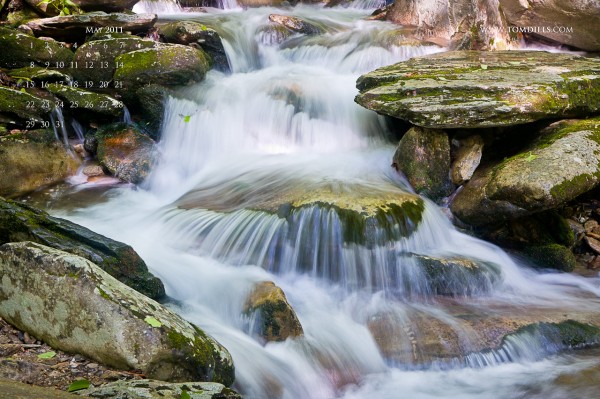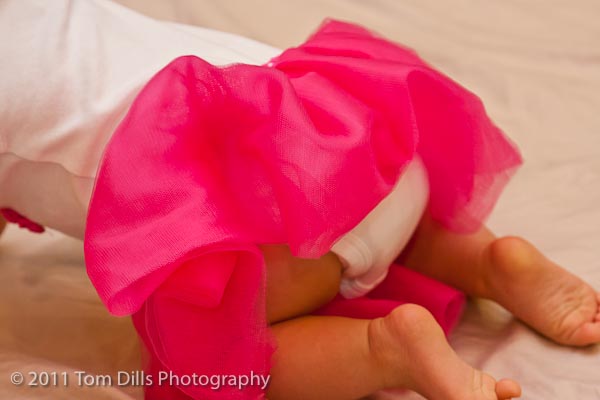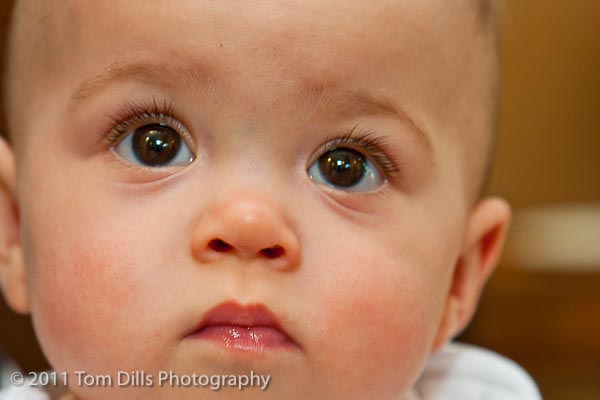
Last weekend, in addition to a great time shooting on the Blue Ridge Parkway and in the Great Smoky Mountains, Kathy & I had occasion to visit a few art galleries and the new Oconaluftee Visitor Center. We looked at a bunch of photographs, postcards, books and calendars in the various shops we visited. While most of the work was well done, there were several examples that I would call “over the top” to the point where it was obvious that the colors, contrast, sharpening, etc. were simply pushed too far. I’ve never subscribed to the “Some is Good, More is Better and Too Much is Just Enough” school of thought, at least for my photography. A subtle approach is best, and it’s very difficult to be subtle and effective. That’s the one big danger of some of the tools we use to process our images.
I had the unexpected good fortune to meet up with my friends Les Saucier and John Schornak, and Kathy & I were able to have dinner with them in Brevard. During the evening Les and I had a short conversation about a particular group of photos we had seen. Among other things, these examples were heavily vignetted, to the point that it was quite obvious and overdone. Les’ comment was that “a craftsman leaves no marks.” That struck a chord with me but also sums up my opinion pretty well.
This is a term I had heard before, but I was interested in the origins so I Googled the words and found a reference to the Tao word wu-wei that seems to describe this concept. This is way oversimplified, but from the Encyclopedia Brittanica comes this reference from a book titled Taoism: The Parting of the Way by Holmes Welch, “Wu-wei is an action so well in accordance with things that its author leaves no trace of himself in his work. Perfect activity leaves no track behind it; perfect speech is like a jade worker whose tool leaves no mark.”
Not everyone agrees with this approach, which is probably a good thing for the software companies, but I don’t want the results of my work to reflect the tools I used to create it.













